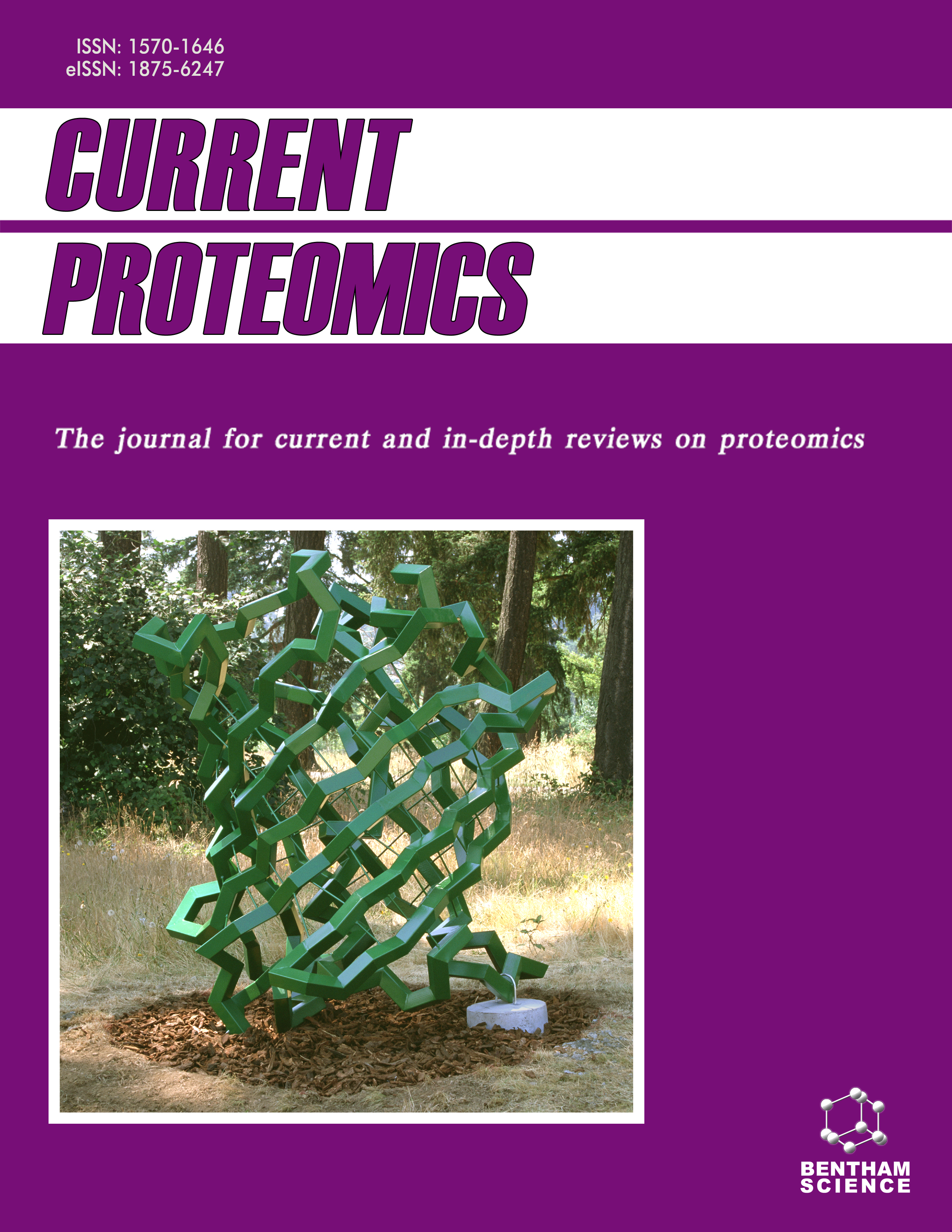
Full text loading...
Deep learning represents a sophisticated technological advancement that leverages large-scale datasets and intricate models for feature extraction and pattern recognition, finding extensive application in domains such as computer vision and natural language processing. In recent years, deep learning has exhibited considerable promise in the analysis of complex biological data. The integration of this technology not only accelerates the processing speed of protein-related data but also enhances the accuracy of protein predictions, thereby providing substantial support for research in both fundamental biology and applied biotechnology. Presently, deep learning is predominantly employed in applications including protein sequence analysis, three-dimensional structure prediction, functional annotation, and the construction of protein interaction networks. These applications significantly facilitate research in related fields. Despite the growing prevalence of deep learning in this domain, several challenges persist, including data scarcity, limited model interpretability, and computational complexity, which constrain further advancements. This manuscript presents a comprehensive review of the latest applications of deep learning in protein prediction, addressing the associated challenges and exploring future developmental directions. It seeks to offer systematic theoretical discussions and practical foundations for research in this area, thereby facilitating the ongoing advancement and innovation of deep learning technologies within protein studies.

Article metrics loading...

Full text loading...
References


Data & Media loading...

